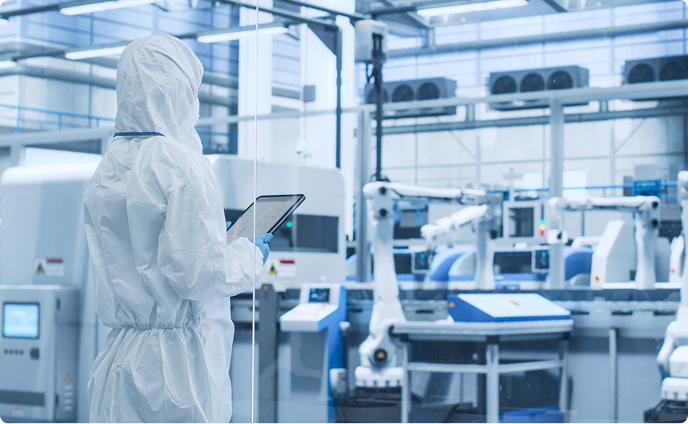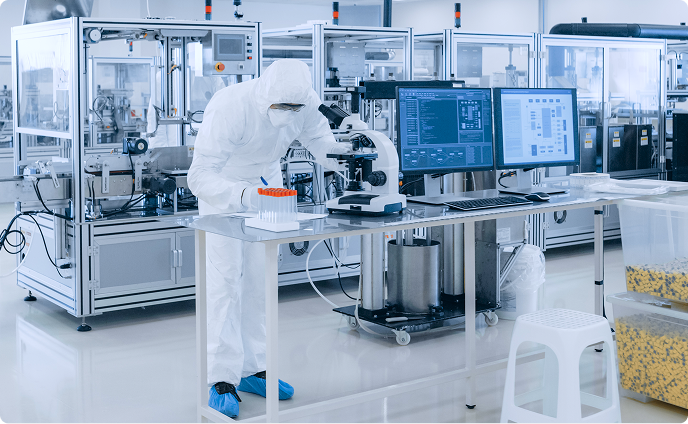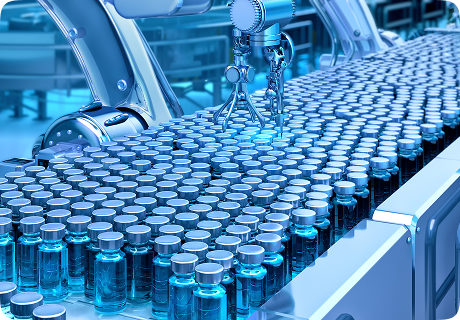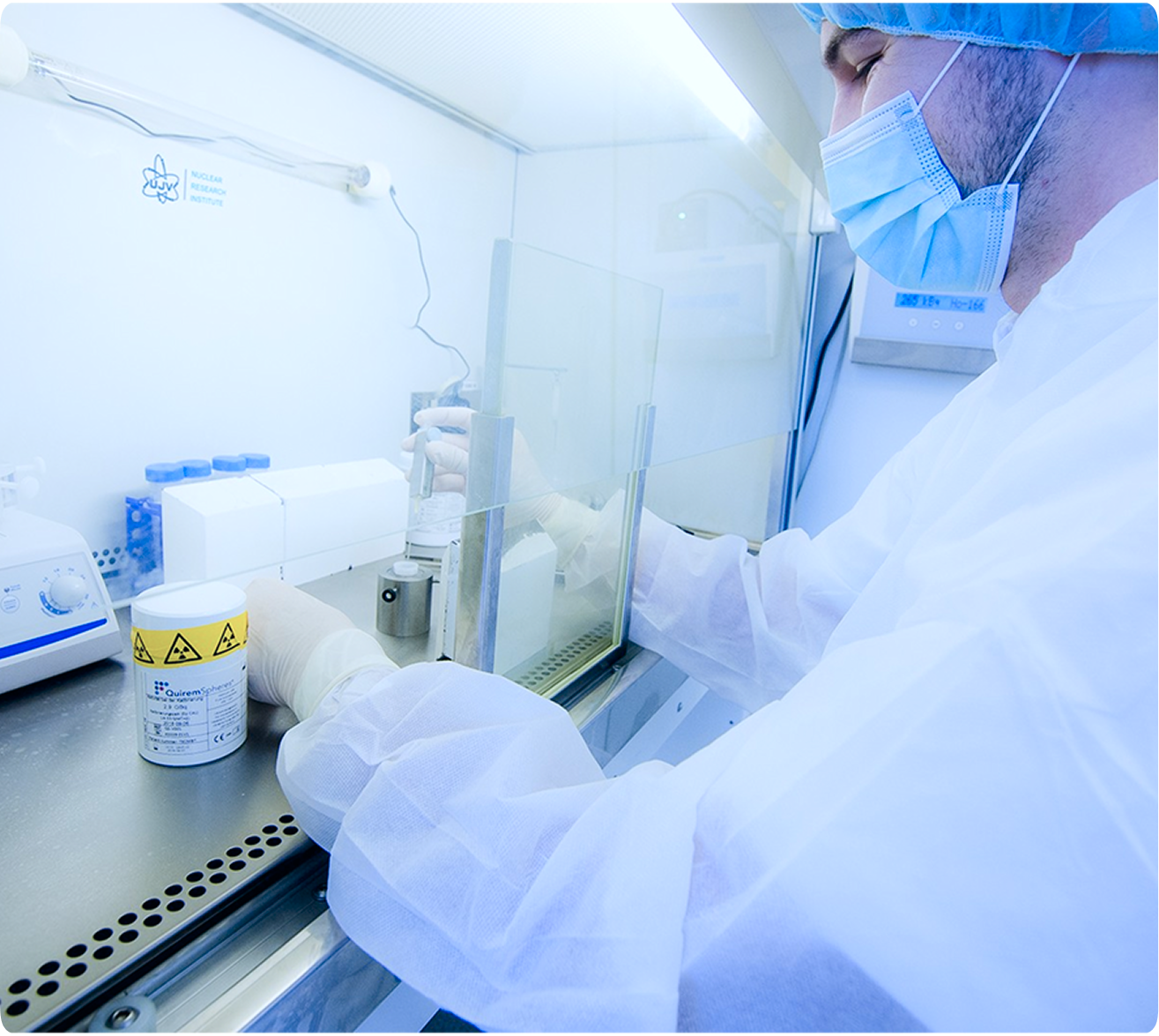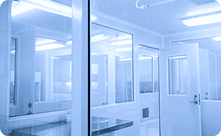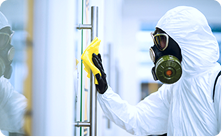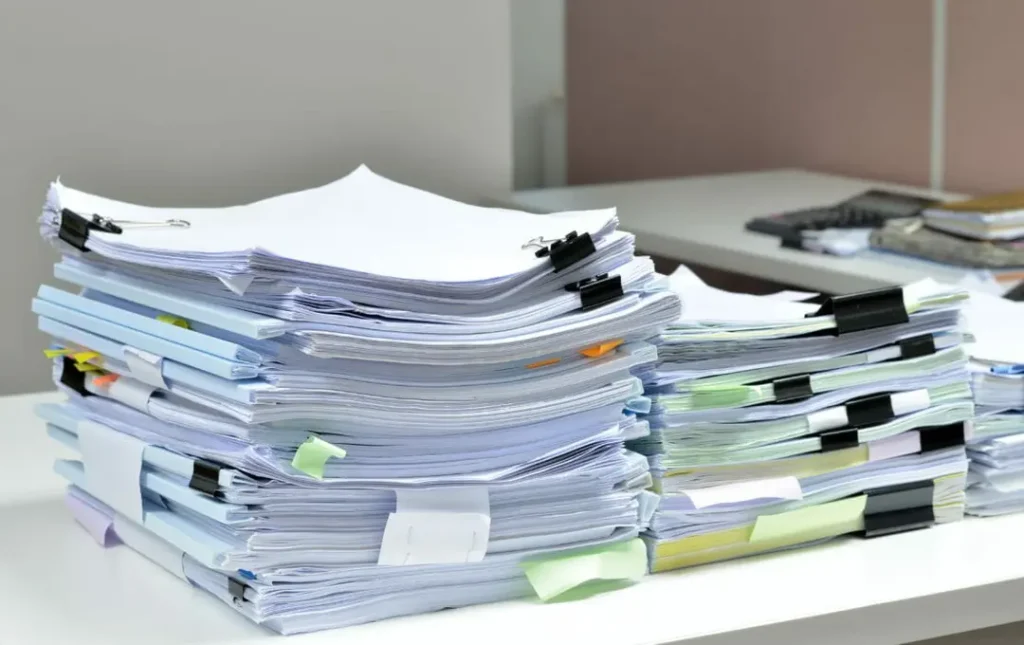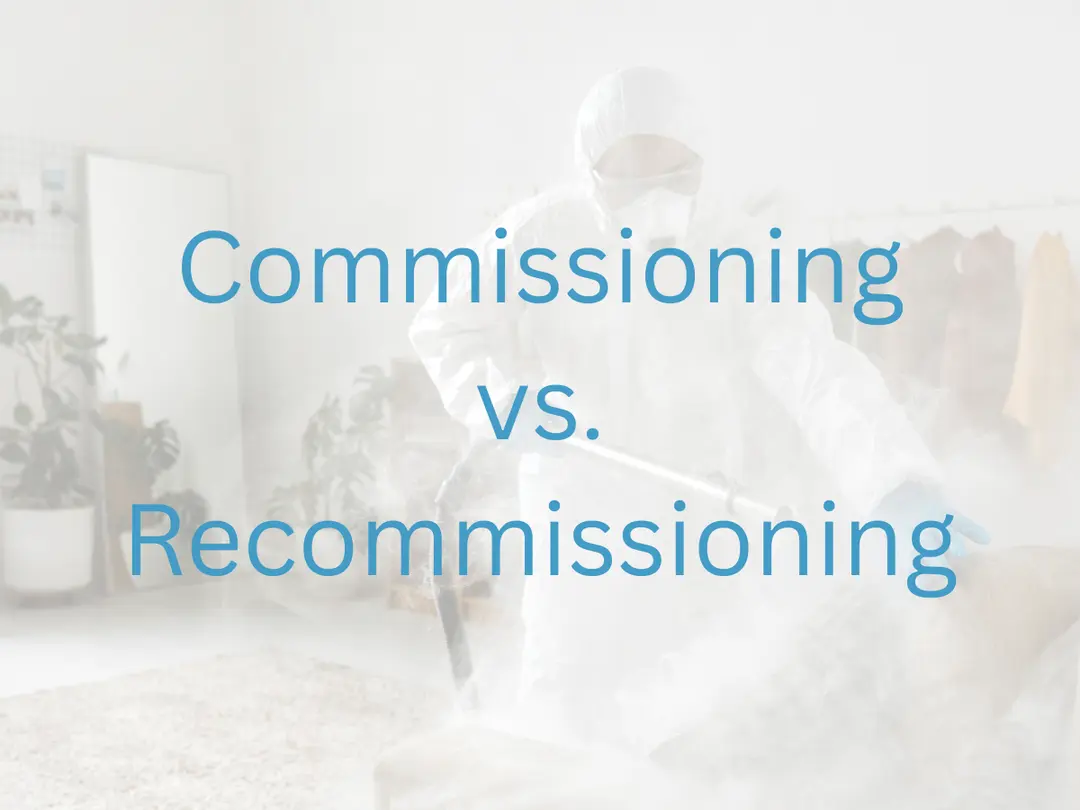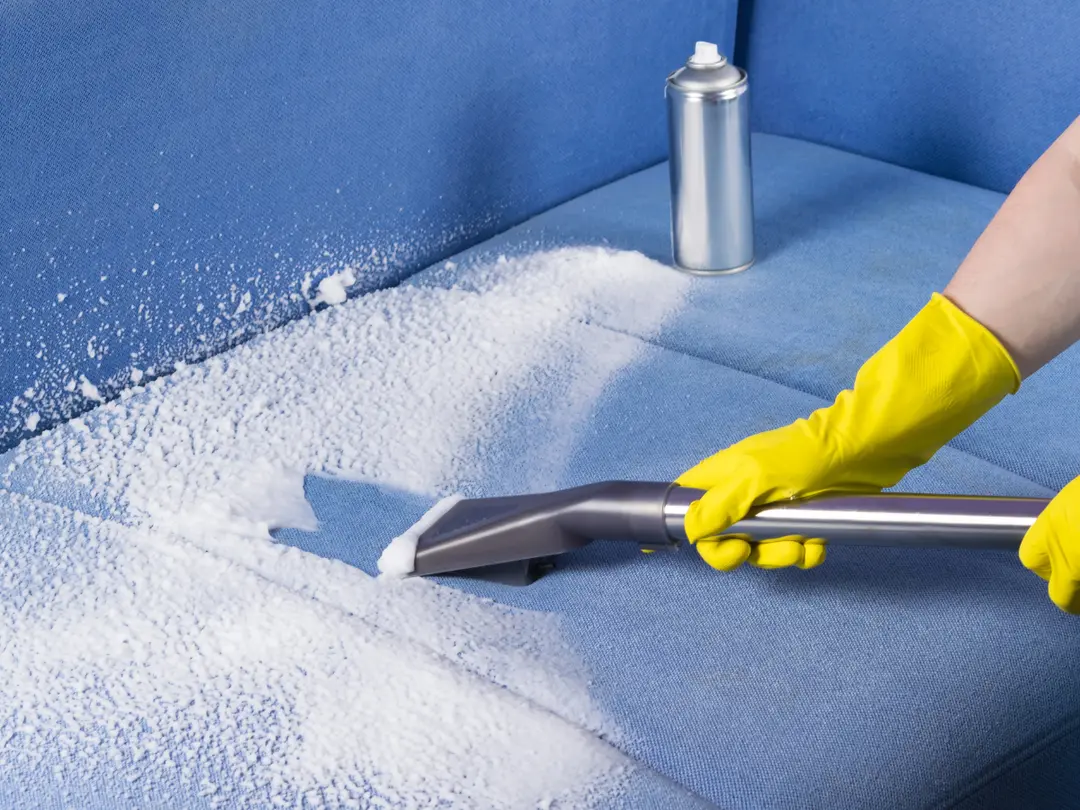Good Manufacturing Practice (GMP) documentation is essential for ensuring the quality, safety, and efficacy of pharmaceutical products. GMP documentation serves as a record of all activities involved in the manufacturing process and provides a means to ensure that procedures are followed consistently.
In this article, we will discuss the best practices and requirements for GMP documentation.
Documentation Control
GMP documentation should be controlled to ensure that only the latest approved version is in use. There should be clear procedures in place for document creation, review, approval, distribution, and archiving.
All GMP documents must be written in a clear and concise manner and should be easy to understand. It’s essential to ensure that the language used in the documents is appropriate for the intended audience.
Types of GMP Documentation
GMP documentation is divided into two main categories: Standard Operating Procedures (SOPs) and Batch Records.
SOPs are written procedures that detail how to perform a particular task, such as cleaning equipment or processing a batch. SOPs should be followed precisely to ensure that all steps are completed consistently and correctly.
Batch Records are a detailed record of each batch of a product, including the raw materials used, the manufacturing process, and the final product specifications. Batch records serve as a permanent record of the manufacturing process and must be retained for a specified period.
GMP Documentation Best Practices
- Ensure that all GMP documentation is written in a clear and concise manner.
- Establish a robust document control system that includes clear procedures for creating, reviewing, approving, distributing, and archiving documents.
- Conduct regular reviews of GMP documentation to ensure that it remains current and accurate.
- Ensure that all changes to GMP documents are appropriately reviewed, approved, and documented.
- Develop and maintain a training program to ensure that all employees are trained on GMP documentation requirements and procedures.
- Ensure that all GMP documents are readily accessible to employees who need them.
- Establish a process for documenting deviations from established procedures and for taking corrective and preventive actions.
GMP documentation is essential for ensuring the quality, safety, and efficacy of pharmaceutical products. Following GMP documentation best practices and requirements can help ensure that all procedures are consistently followed and that records are accurate and up-to-date. A well-designed GMP documentation system can help prevent errors and deviations from established procedures, leading to higher-quality products and increased patient safety. Contact us to learn more.

